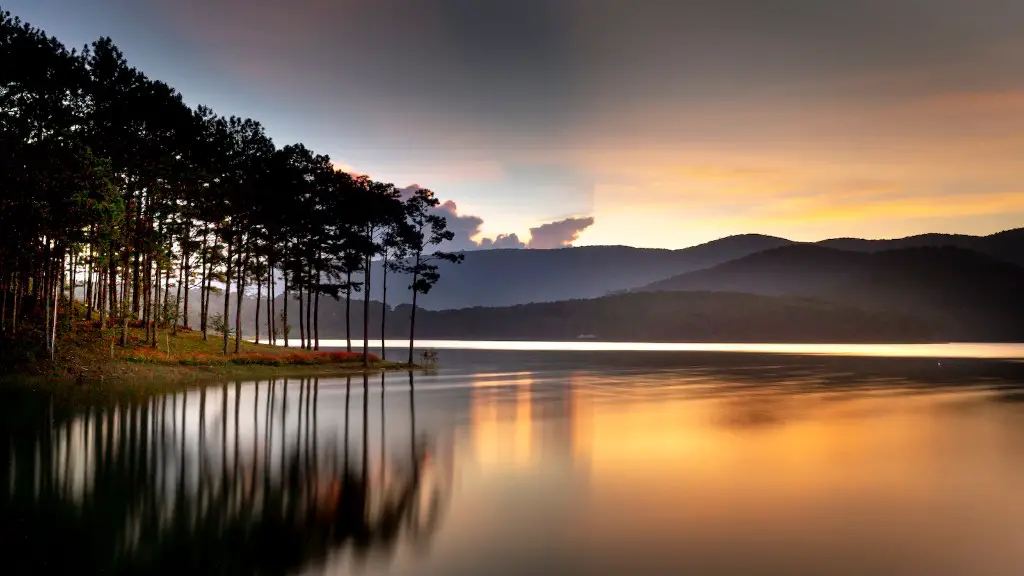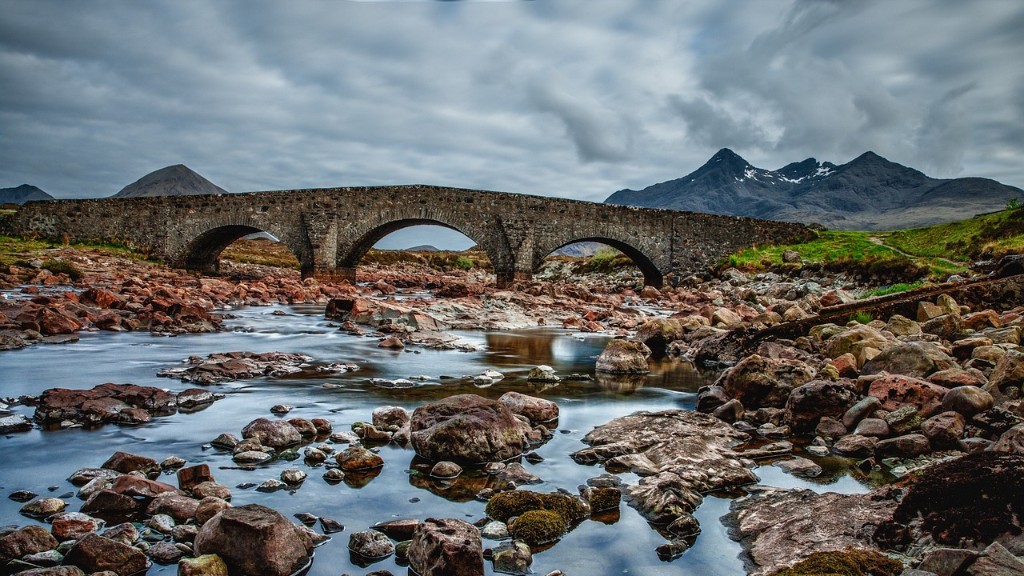What States Border the Mississippi River on the West?
The mighty Mississippi River, which stretches across the breadth of America, is the largest river in the US and the fourth longest in the world. Its winding, 2,320 mile passage through ten US states and flows into the Gulf of Mexico.
The Mississippi is a major navigational thoroughfare, with the majority of the states it passes through operating ports and docks on its banks – often with large and prosperous harbors.
The river is considered a crucial feature of the historical and cultural life of the people who live and work along its banks. It also serves as a vital source of drinking water, irrigation water, and transportation for commodities. Naturally, many questions are raised about which states border the Mississippi on the western margin.
Minnesota
Minnesota is known as the Land of 10,000 Lakes and is home to a number of popular state parks, including Split Rock Lighthouse, Mississippi National River & Recreation Area, and Soudan Underground Mine State Park. The former two preserve several segments of the Mississippi River. Not only that, Minnesota is also bordered by the mighty waterway on its western side. Running along the northern part of the state, the Mississippi provides plenty of recreational opportunities, including fishing, swimming, boating, and more.
Additionally, the river port of St. Paul and Dakota County are located along the Mississippi in Minnesota, while the cities of Minneapolis, St. Cloud and Winona have access to the river.
Iowa
Iowa is situated directly south of Minnesota, along the western bank of the Mississippi. Together, the Iowa and its neighboring state form part of the Upper Mississippi River Valley. Here, the river helps water the crop fields, forests, and meadows of the Hawkeye State.
The border also marks a number of notable sites and attractions, most notably the Effigy Mounds National Monument. This 228-acre ancient park is filled with artifacts, burial mounds, and other evidence of the Native American tribes that long called the area home.
Other than Effigy Mounds, the Mississippi is also home to some of Iowa’s major cities like Davenport, Dubuque, and Burlington. Plus, you’ll find a number of water-based activities near the riverbanks. These include jet skiing, fishing, and more.
Missouri
The state of Missouri is the third to border the Mississippi on the west. America’s Show Me State is marked by rolling hills, a fascinating cultural and historical heritage, and a number of popular cities, such as St. Louis, Branson, and Springfield.
The Mississippi River is a defining feature of this region. It snakes its way along the western portion of Missouri, where it has been harnessed to form an intricate network of waterways, canals, and locks. It is well known that this part of the river has been a source of transportation, commerce, and development in the area.
Kansas
Kansas is the fourth state to reside on the western bank of the Mississippi. This Midwestern state is well known for its wheat and sunflower fields, but it often overlooked as a byproduct of its relatively flat geography.
However, the state is home to some fantastic attractions and a great cultural past. Kansas City, for instance, is the state’s largest city and sits comfortably on the banks of the Mississippi. Outdoor activities are plentiful thanks to the river, with opportunities for tubing, kayaking, and fishing readily available.
Access to the Mississippi
It is clear that all four states which border the Mississippi on the west side offer wonderful landscapes, diverse cultures, and plenty of attractive locales. They are all integral parts of the mighty Mississippi River, which provides a pleasant and convenient source of transportation, drinking water, and recreation.
Riverside Activities
Whether you’re interested in exploring the big city life, or just looking to relax in nature and fish, the Mississippi provides endless opportunities for leisure and enjoyment on the west side. You can enjoy everything from camping and tubing to historical sites and cruises.
Plus, the scenery is picturesque, especially in the fall when the foliage is in full bloom. From the sandy beaches and shallow bays of Minnesota to the quiet Mississippi backwaters of Iowa and Missouri, the river provides plenty of sights to take in.
Commerce & Transportation
The states of Minnesota, Iowa, Missouri and Kansas are united through their dependence on the mighty Mississippi River. The river has been a critical means for freight transportation and commercial vessels in the region for centuries. It is also a popular tourist attraction, with thousands of visitors each year coming to experience the sights and sounds of the river.
Furthermore, the Mississippi is vital for the economies of the four states. It powers economies in many ways. It supports agricultural industries, fishing and recreational activities, and of course, transportation.
Environmental Effects
The ecosystem of the Mississippi is unique and important, including a wide variety of plant and animal life which includes over 300 species of fish. Unfortunately, this fragile environment is constantly threatened by human activities, such as pollution and waste disposal. As such, measures must be taken to protect the river, with the cooperation of the four nearby states.
Efforts are currently underway to reduce pollution and help to restore the ecosystems of the Mississippi. Organizations are actively initiating campaigns to protect the species native to the area, in addition to the natural water cycles. These programs hope to ensure that future generations of the four states bordering the river can continue to make the most of their proximity to this natural wonder.
The states bordering the Mississippi have a centuries-old history of navigation and trade, along with the well-known challenges of maintaining its many courses and locks. In recent years, efforts have been made to improve the navigational infrastructure of the river, as well as its adjacent markets, to ensure efficient and safe passage for goods.
This includes the common-use areas and locks along the western margins of the river in Minnesota, Iowa, Missouri, and Kansas. In particular, the Keokuk Lock and Dam in southeastern Iowa have been completely upgraded to improve navigational safety, as well as recreational opportunities.
Riverside Living & Preservation Efforts
The importance of the Mississippi River for local people has only increased over the years. Thousands of homes and businesses line its banks, creating an idyllic environment for those looking to embrace riverside living. Well-known river towns include Little Falls, MN, and Dubuque, IA.
To protect this vital source of life and livelihood, many conservation efforts are being undertaken. These range from long-term projects such as the restoration of the river’s banks to the more immediate efforts at introducing wildlife to the area. Organizations such as the Upper Mississippi River Conservation Committee (UMRCC) have been actively working to restore the river’s environment, including introducing wildlife to the Mississippi River and its tributaries.
Future Outlook
The states which border the Mississippi River on the western side will continue to benefit from the bounties provided by the river. Not only does the riveract as a vital source of recreation, trade, and transportation, but its natural beauty and rich ecosystem also serve to make the states attractive destinations for travelers and locals alike.
Given the current conservation efforts, it is likely that the Mississippi River will remain a key feature of the four states’ landscapes in coming years. The short- and long-term approaches to the preservation of the river are likely to benefit the economy, ecology and culture of the states in the future.





